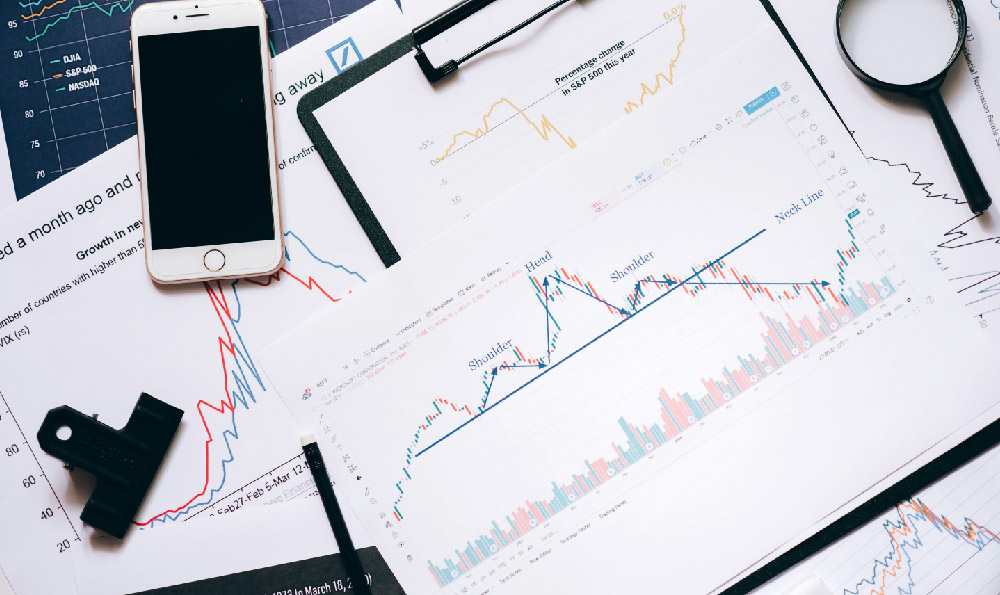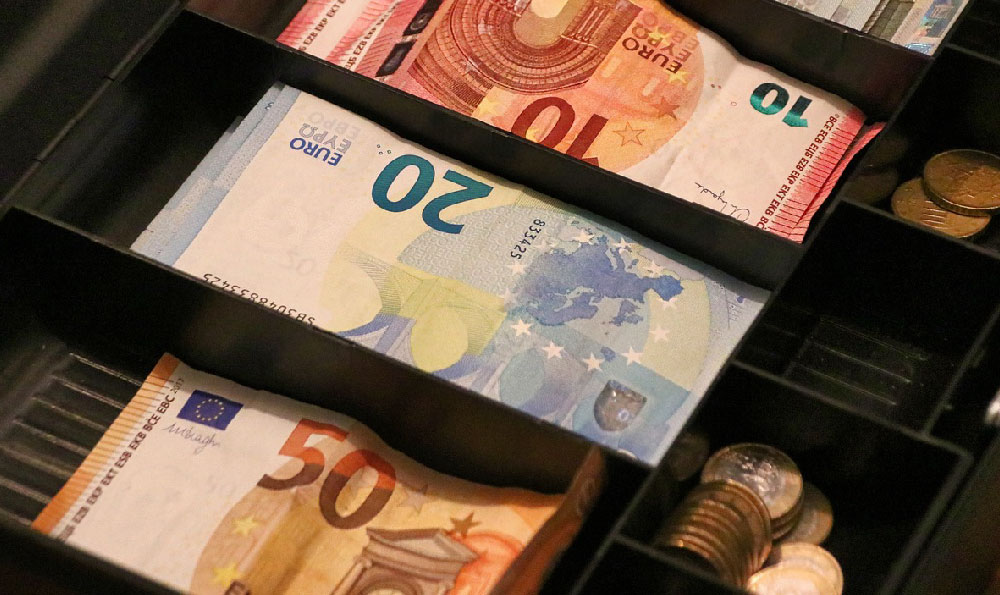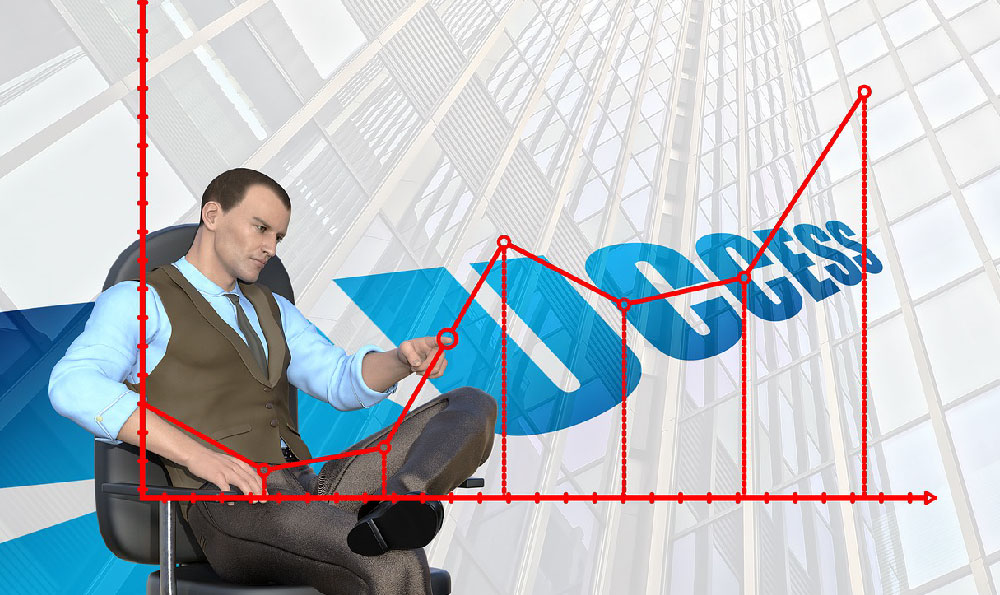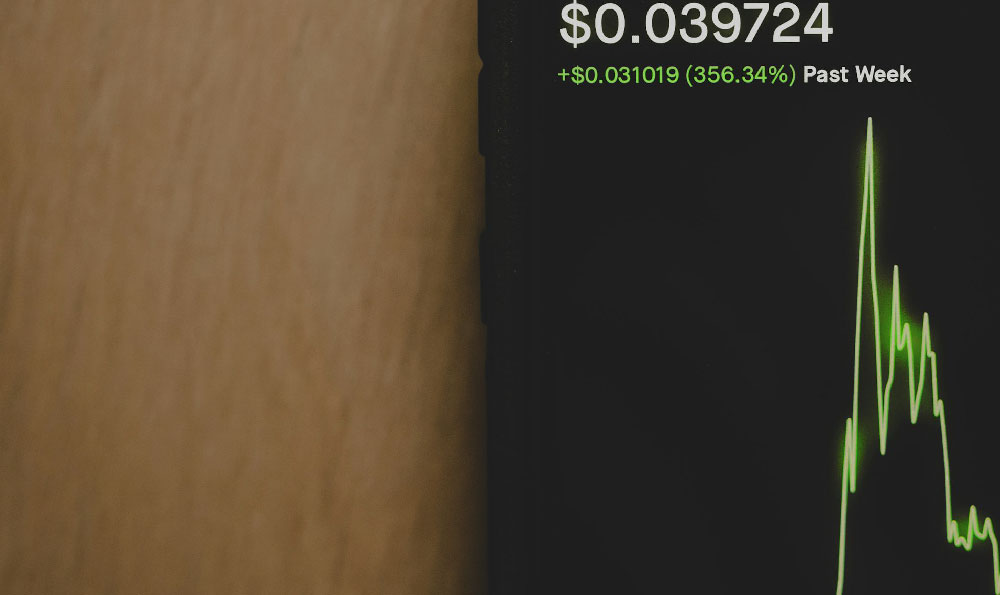Telegram operates on a complex and somewhat unique model, differing significantly from many of its competitors in the messaging app space. Its core philosophy revolves around privacy, security, and remaining ad-free for its users, which has consequently shaped its operational structure and revenue generation strategies. To understand Telegram's operation fully, we need to dissect its technological architecture, its governance structure, and ultimately, how it plans to sustain itself financially.
Fundamentally, Telegram is built upon a distributed infrastructure with servers spread across multiple data centers globally. This distributed nature is crucial for its performance and resilience. When a user sends a message, it doesn't necessarily travel through a single, centralized server. Instead, it's routed through the server closest to both the sender and recipient, improving speed and minimizing latency. This architecture also helps safeguard against single points of failure, making the service more robust and less susceptible to downtime.
The app utilizes a custom-built protocol known as MTProto, specifically designed for secure communication over the internet. MTProto employs a combination of symmetric AES encryption, 2048-bit RSA encryption, and Diffie-Hellman key exchange to provide end-to-end encryption in Secret Chats. It's important to note that end-to-end encryption is not enabled by default for regular chats; users must explicitly initiate a Secret Chat for this feature to be active. This design choice, while sometimes criticized, allows for features like cloud-based storage and cross-device access, as regular chats are stored on Telegram's servers. The rationale given by Telegram is that cloud storage provides convenience and availability for users who might lose their devices or need to access their messages from multiple platforms.
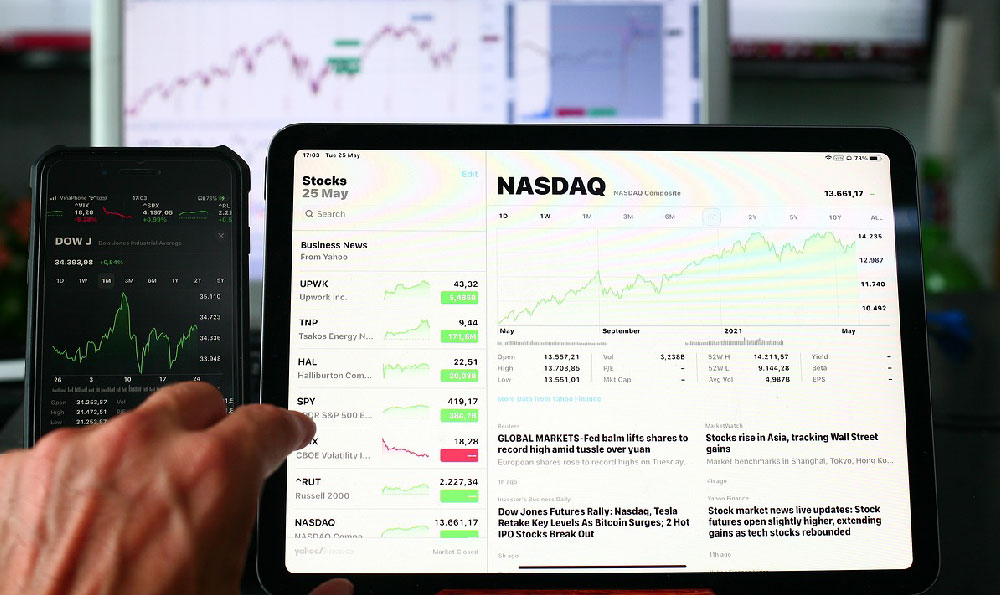
Beyond the technological aspects, Telegram's governance is quite distinctive. It was founded by the Durov brothers, Nikolai and Pavel Durov, and is primarily funded by Pavel Durov's personal wealth. This has allowed the platform to operate independently and resist external pressures to compromise user privacy or introduce intrusive advertising. The company is registered in the British Virgin Islands, further contributing to its relatively opaque structure. This unconventional governance model, while allowing for agility and a focus on user privacy, also raises questions about accountability and long-term sustainability if Durov's personal funds eventually dwindle or alternative funding becomes necessary.
Now, let's delve into the critical aspect of Telegram's revenue streams. For years, Telegram operated without any direct monetization strategy, relying solely on Pavel Durov's funding. This approach, while appealing to users who valued its ad-free environment, was clearly unsustainable in the long run. The costs of maintaining a global infrastructure and supporting a massive user base are substantial. Recognizing this, Telegram began exploring various monetization options, always emphasizing that it would do so in a way that respects user privacy and avoids disrupting the core user experience.
One of the first significant revenue streams introduced was Telegram Premium. This subscription service offers users additional features such as faster download speeds, larger file uploads (up to 4 GB), voice-to-text conversion, exclusive stickers and reactions, advanced chat management tools, and the ability to follow up to 1,000 channels. The pricing varies depending on the region, but it provides a recurring revenue stream for Telegram while offering tangible benefits to paying users. The key is that Premium features are mostly enhancements and conveniences, rather than restricting core functionalities for free users, thus avoiding alienating the vast majority of its user base.
Another revenue stream is through Telegram Ads. These ads are displayed in large, public Telegram channels (those with many subscribers). However, these ads are designed to be non-intrusive and privacy-focused. They are text-based, limited to 160 characters, and are displayed in the channels rather than within individual chats. Telegram claims that user data is not used for ad targeting, and ads are based on the topic of the channel itself. This approach attempts to strike a balance between generating revenue and maintaining a relatively clean and uncluttered user experience. The implementation of Telegram Ads has been gradual, and it's constantly being refined based on user feedback and market dynamics.
Furthermore, Telegram is exploring blockchain-based monetization strategies through its TON (Telegram Open Network) project, although its development and implementation have faced regulatory hurdles. The initial plan involved launching a cryptocurrency called Gram, but this was ultimately abandoned after legal challenges from the U.S. Securities and Exchange Commission (SEC). However, Telegram continues to explore blockchain applications within its ecosystem, potentially leveraging blockchain technology for micropayments, decentralized storage, and other services that could generate revenue in the future. The success of these initiatives remains to be seen, as the regulatory landscape surrounding cryptocurrencies and blockchain technologies is constantly evolving.
Finally, Telegram also generates revenue through the sale of usernames. Highly desirable or short usernames are auctioned off, providing another stream of income. This doesn't affect the functionality of Telegram for most users, but it caters to individuals or businesses looking for a specific online identity.
In conclusion, Telegram operates on a distributed infrastructure with a strong emphasis on security and privacy. Its governance is unique, driven largely by its founders' vision and funding. Its revenue streams are evolving and currently include Telegram Premium subscriptions, non-intrusive advertising in large channels, and the sale of usernames. While the long-term success of these monetization strategies remains to be determined, they represent a deliberate effort to ensure the platform's financial sustainability while upholding its commitment to user privacy and a relatively ad-free environment. The future of Telegram will likely depend on its ability to continue innovating, adapting to the changing technological landscape, and navigating the complex regulatory environment surrounding digital communication and blockchain technologies.



